This website uses cookies so that we can provide you with the best user experience possible. Cookie information is stored in your browser and performs functions such as recognising you when you return to our website and helping our team to understand which sections of the website you find most interesting and useful.
How AI and Large Language Models (LLMs) are reshaping the healthcare sector
- Rounak Bose
As advancements around artificial intelligence (AI) evolve, the buzz around large language models (LLMs) has also been growing exponentially. Garnering attention for their ability to understand, comprehend, and produce human-like text, LLMs have the potential to reshape almost every industry.
What is a Large Language Model (LLM) and how does it work?
LLMs are machine learning algorithms, designed to comprehend, mimic, and generate natural language texts by ingesting vast data sets. These data sets can be sourced from materials that can be as diverse as e-books, articles, documents, websites, and more.
As the models get exposed to this vast array of data, they enable pattern recognition in the data matrix, which includes aspects like syntax, grammar, and context. These language models are called “large” because of the scale of parameters they encompass, starting from a few to tens of billions. In this way, the LLMs can produce contextually accurate and coherent text.
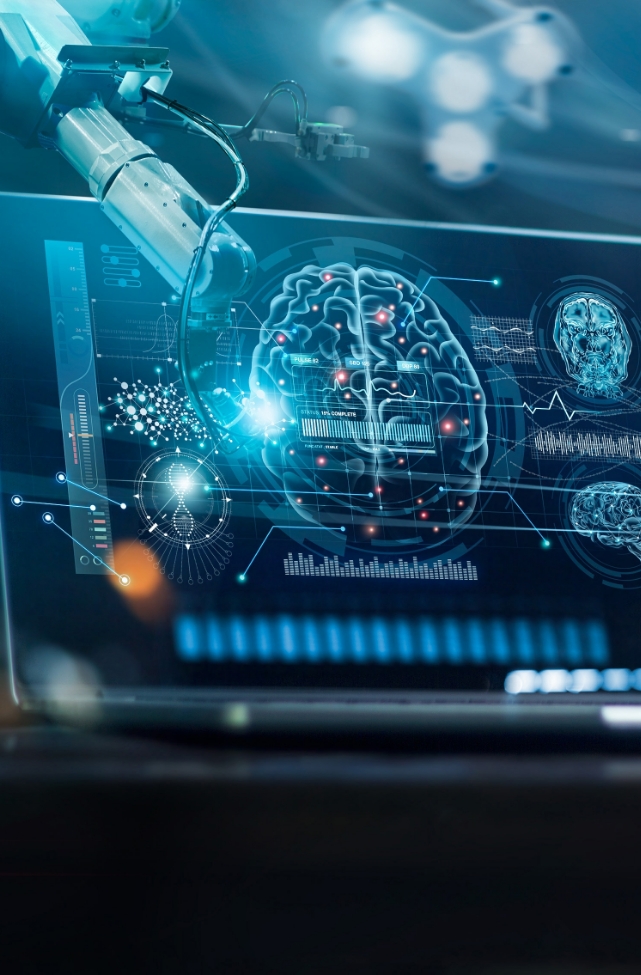
How is the healthcare sector using LLMs?
With AI models and solutions becoming more sophisticated and complex, several industries are looking at LLMs to bring efficiency, and accuracy to their processes. But for the healthcare sector, the ballgame truly changes with the application of LLMs. With their ability to process vast amounts of data, the healthcare industry is looking at LLMs to significantly reshape the healthcare industry.
Large language models can seamlessly ingest and analyze large amounts of data from electronic health records (EHRs), using clinical, imaging, and genomic data to predict the most accurate diagnoses. They can help to study data sets of patient histories, symptoms, and apply insights from vast data sets of the latest medical research to fill the gaps that human expertise might miss in diagnosing early disease indicators. This increases the reach of healthcare services and helps democratize access, ensuring better accuracy and speed in medical care.
Once LLMs are trained, they can be fine-tuned with domain-specific data to generate even more relevant insights. These domain-specific data sets could include clinical notes, medical imaging records like CT scans and Radiology reports, medical journals, and more.
Furthermore, LLMs possess the ability to bridge communication gaps between medical professionals and patients. By generating intelligible explanations of intricate medical concepts, these models can enhance patient understanding and empower them to make informed decisions about their health.
The image below explains how LLMs are being used in the healthcare sector.
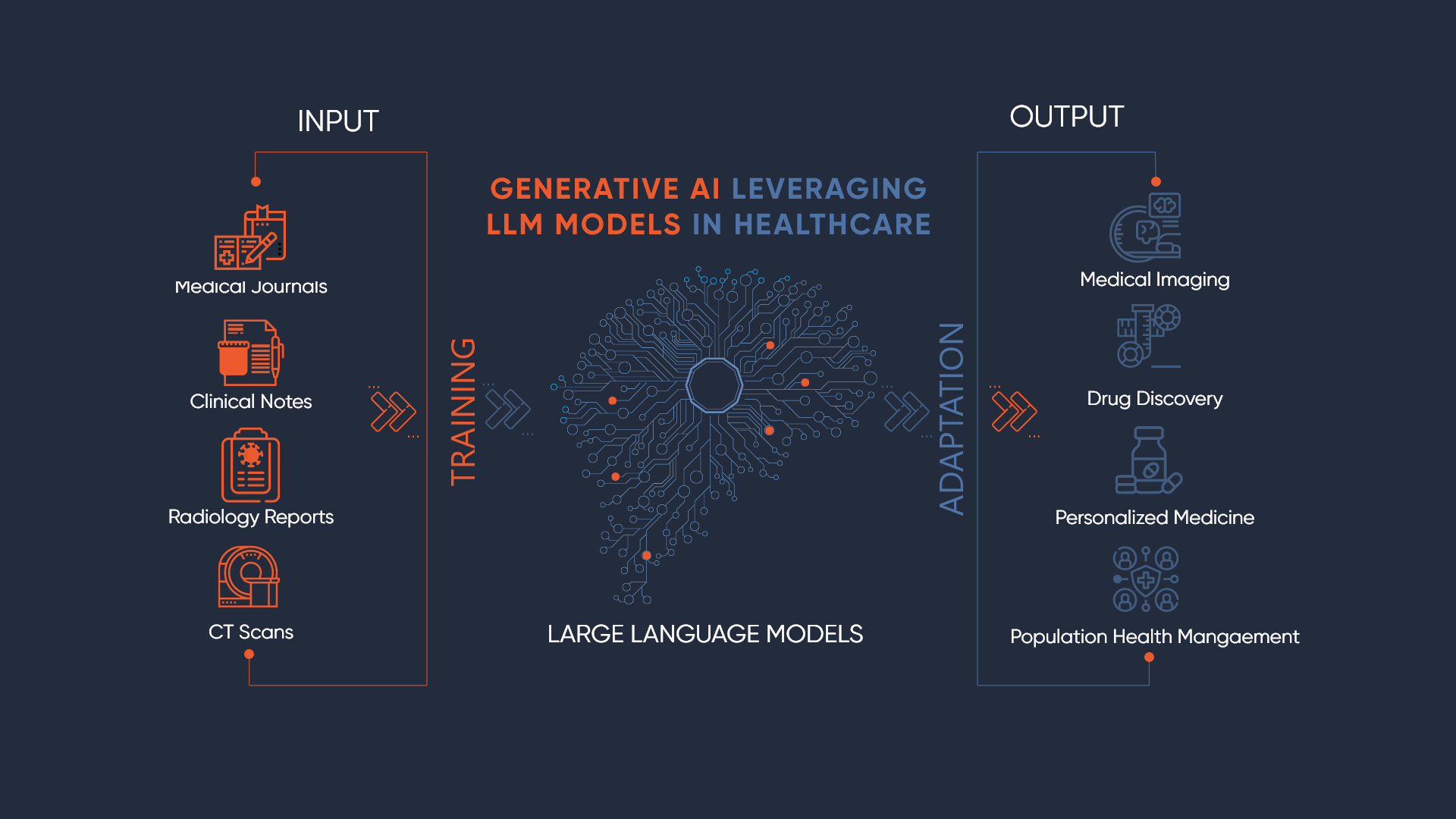
Use cases of LLMs in the healthcare sector
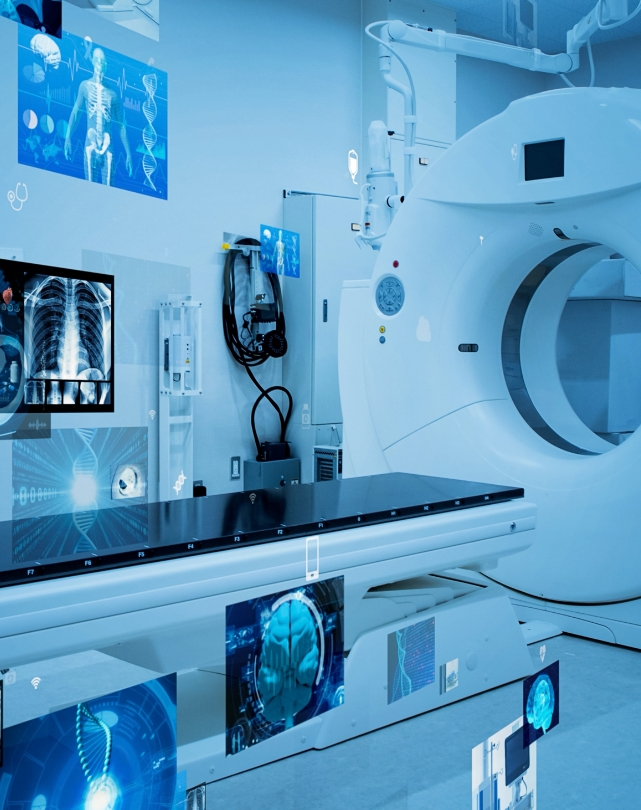
Bringing accuracy for healthcare queries
Browsing for symptoms for something as basic as common cold and jump scares at the most erratic of results, can finally be a thing of the past.
Large Language Models can be used to answer questions from users about symptoms, prevention, and treatments regarding medical and health issues. An example of this is Google and DeepMind’s collaborative effort to launch the AI-powered chatbot, Med-PaLM2 which provides evidence-based, personalized, and relatively safe answers to medical and health queries.
Another example is the creation of LLM-based conversational bots that can interact with patients and provide much-needed guidance, motivation, and emotional support. For instance, the chatbot Woebot uses Chat GPT to help patients with depression and anxiety by delivering cognitive behavioral therapy (CBT). It checks in with users daily, tracking their cyclical mood and progress as well as offering coping strategies and mechanisms.
Simplifying clinical documentation and decision-making support
The cumbersome process of finding inferences and similarities through long pages of health records to prepare clinical documentation could finally be a thing of the past.
LLMs can harness electronic health records (EHRs) to perform natural language processing (NLP) tasks on clinical documentation, ranging from extracting similarities, relations, inferences, concepts, and answers. A great example of this would be GatorTron, which is a large clinical language model, built using electronic health records (EHRs) of more than a million patients from the state of Florida’s health system. GatorTron helps clinicians expedite the documentation of patient information and provides them with insights and recommendations.
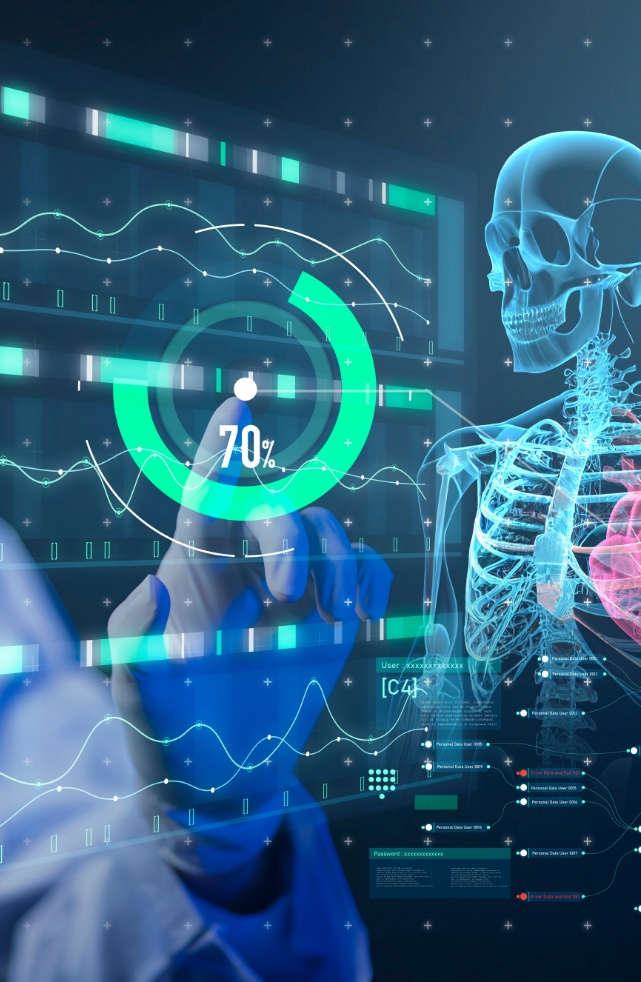
Epic, which is the largest EHR (electronic health records) service in the US is partnering with one of the tech giants to integrate their EHR software with the companies generative AI.
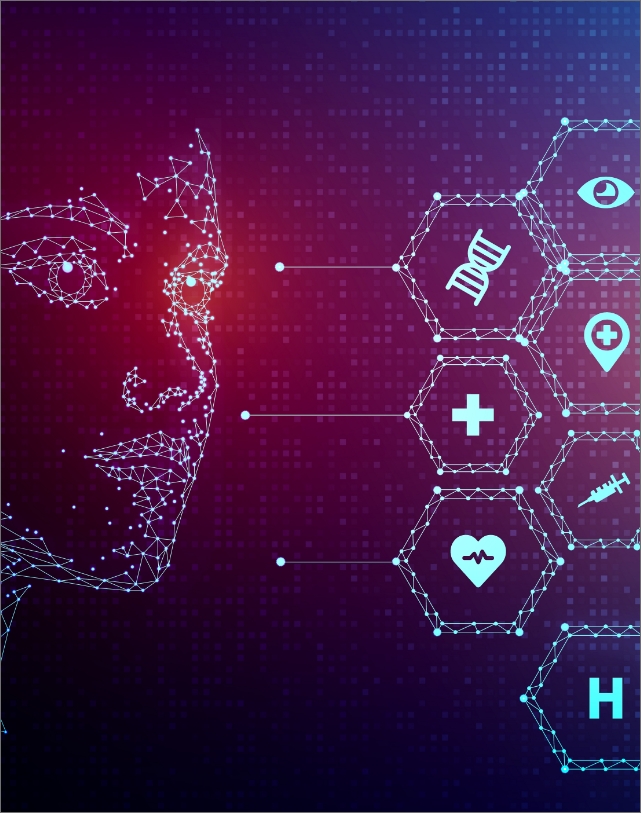
Offering personalized care through LLMs
For the longest of time, doctors have relied on broad therapies and diagnostic tools to suggest medications. Medicine regimes were altered and changed on the basis of how the patient reacts to the specific medication.
LLMs, however can analyze vast sets of individual patient data and generate contextually relevant recommendations. Today, genetic information is being leveraged to provide specialized treatments that fits the patient’s needs. One such example that is already being deployed across several American states would be Notable’s Patient AI.
The language models for Patient AI collect relevant data and analyze it to identify correlations, and trends and decipher patterns. This analysis helps the language model recognize potential health risks, response patterns for treatment, and patient preferences. This collated data helps doctors provide, tailored regimens of medication, clinical trial matching, and choose among the medical programs offered by the health system.
Enhancing medical research and innovation with LLMs
Several language models have been developed that can generate texts of pristine quality on biomedical topics ranging from drug mechanisms to disease descriptions, clinical trials, and more. These LLMs assist clinicians in generating reports, reviews, and summaries, helping them keep up with the latest medical knowledge. BioGPT by Microsoft and Flan-PaLM are some examples of these research-focused language models.
Bringing accuracy to medical image analysis
Renowned for their text analysis prowess, LLMs have also shown remarkable potential in medical image analysis. LLMs have successfully been applied to tasks such as CT scan reportage, radiology report generation, image captioning, and disease detection. These language models are continuously being improved upon to elevate the accuracy and efficiency of medical imaging significantly.
Accelerating drug discovery and development
From preclinical research to clinical drug development process to FDA reviews, drug discovery and development has always been a long, drawn out process, with timelines stretching to months and years.
LLMs have played a pivotal part in accelerating some of these timelines leading to valuable lives being saved
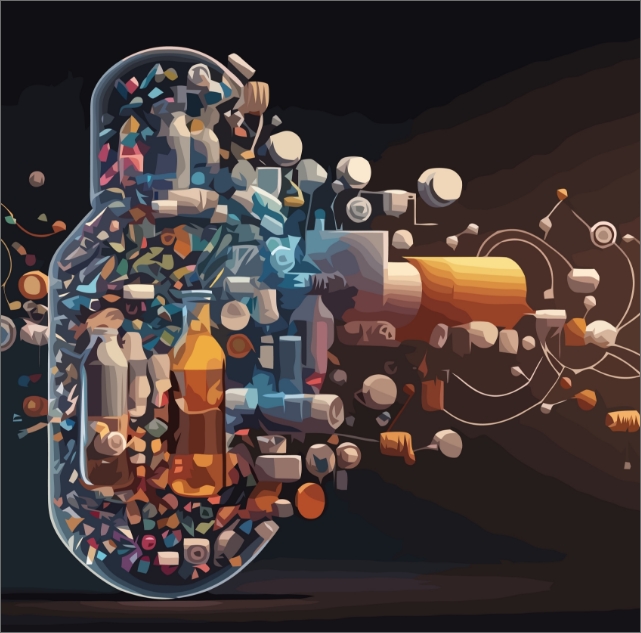
Another fascinating avenue where LLMs application has played a pivotal part would be around chemical property prediction and drug discovery. These are essentially transformer architectures, pre-trained on chemical texts and fine-tuned on various natural language processing (NLP) chemical tasks. Models like ChemBERTa and Uni-Mol can perform several tasks such as generating molecular structures, optimizing chemical reactions, predicting molecular properties, and in turn helping design new drugs. These models could be pivotal in accelerating drug discovery and development.
In conclusion, the rise of Large Language Models marks a pivotal moment in the trajectory of AI's evolution. Their transformative potential is evident across various domains, and nowhere is this more promising than in healthcare. As LLMs continue to refine their linguistic prowess and expand their cognitive horizons, the healthcare sector stands to be revolutionized, ushering in an era of enhanced patient care, efficient research, and empowered decision-making.
Accelerating healthcare innovation with Cambridge Technology
With AI's evolution, LLMs have played a significant part in unlocking new patient care and disease prevention paradigms across healthcare. And it doesn’t stop there. LLMs are now being used across pretty much all facets of healthcare, promising to bridge gaps between patient expectations and treatment methodologies.
Have questions on how LLMs can help you? Talk to us.
For over two decades, we have been helping businesses globally usher in the AI-first ideology and accelerate innovation in healthcare.
Connect with us, and our AI experts will help you understand how LLMs can be implemented for your business.






